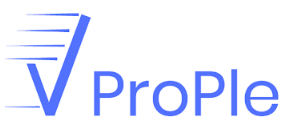This website use cookies to help you have a superior and more relevant browsing experience on the website.
Archives
Everything You Need to Know About On-Demand Tech In 2023
For hiring in any industry, dealing with candidates via the traditional, in-person interview process can be a highly tedious task. In 2022, more than three-fourths of hiring managers admit that attracting the right job candidate is their greatest challenge. Also, not all interviews are possible to be held in the same schedule for the employers, […]
read moreThe Importance of Diversity in the Workforce: Driving Success, Innovation, and Inclusion
In today’s rapidly evolving business landscape, the importance of diversity in the workforce cannot be overstated. Organizations that embrace diversity in workforce and foster inclusive environments reap numerous benefits, including enhanced creativity, improved problem-solving capabilities, increased employee engagement, and a stronger bottom line. This article will explore the significant role diversity plays in driving success and […]
read moreImportance of Recruitment Marketing
Let’s understand what Recruitment Marketing is: Recruitment Marketing, in layman’s terms, is the process of attracting top talents in the preferred fields for your brand employer. Its goal is to attract eligible candidates for positions that might be open in your company, in order to hire the right people for the job. Just like attracting […]
read moreThe Gig Economy: An IT Professional’s Perspective on Freelancing in Tech Interviews
Have you ever thought about freelancing as a technical interviewer? If you’re an IT pro, you might want to consider it. 36% of the U.S. workforce is freelancing, and the numbers are expected to rise. The gig economy is changing the way we work, as it has become easier for professionals to work on short-term […]
read more





